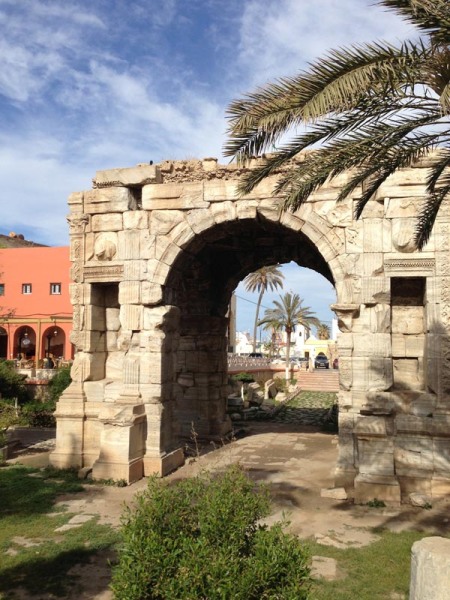By: Vince Michael
Our goal is to help save world heritage sites in impoverished regions by activating them as assets for the local community. Our methodology combines Planning, Conservation Science, Partnerships and Community Development, which we term Preservation By Design®. Our goal in our second decade is to make our Community Development more robust and replicable.
Why? Because that is best for the heritage site – to have the community benefit from a resource that they protect and cultivate just as you would a crop or a precious natural area. Indeed, at several of our sites we have both natural area reserve and a heritage site, which makes sense, since World Heritage inscription covers three categories: Natural, Cultural, and Mixed.
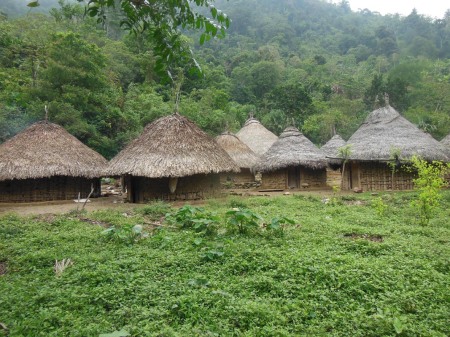
Now traditionally we look at pretty straightforward ways of measuring community development. Jobs. Income. The simple obvious answers for heritage sites include things like local people trained and employed in conservation of a site; local people employed in tourism and hospitality around a site; and indirect benefits of these activities for local business, agriculture, and so forth.
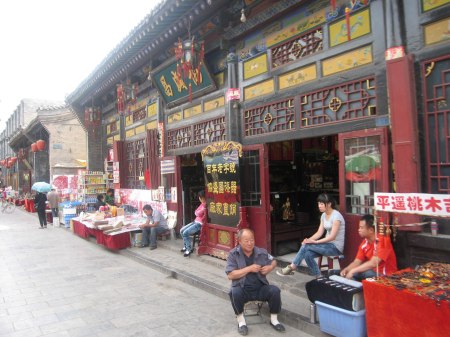
But the more expertise we develop in community development, the more we realize that these numeric metrics are only the tip of the community benefit iceberg. This summer we built a health center on the trail to Ciudad Perdida, the 7-14C Tayrona site in the Sierra Nevada de Santa Marta mountains of Colombia, on the Caribbean coast. The site also just received a Global Vision Award from Travel & Leisure magazine (it is on my desk right now – the award that is)
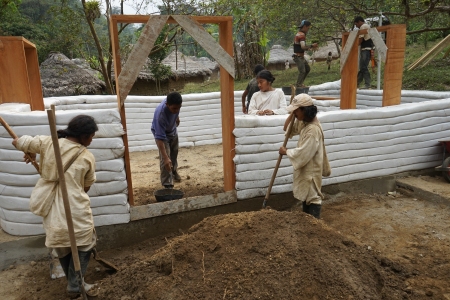
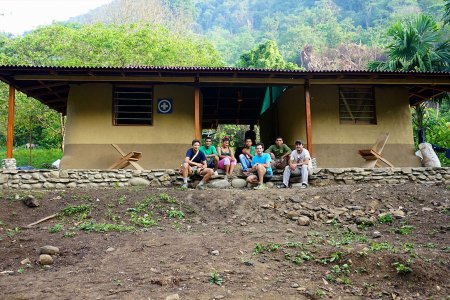
A couple of years ago we built a bridge over the Buritaca River at another site on the three-day hike to Ciudad Perdida. Now of course we work to conserve the ancient rammed earth platforms and their stone surrounds, and the miles of stone staircases that connected the “cities” of the Tayrona.
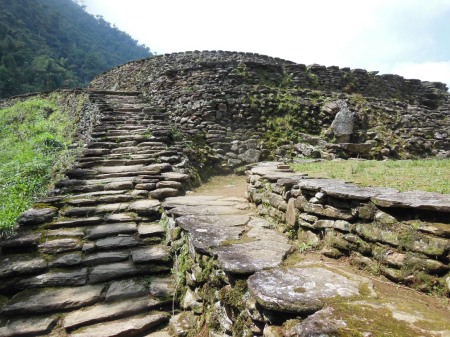
But we also build bridges and health centers and install efficient stoves and graywater treatment systems in the homestays, which seem to break the boundaries of what we consider heritage conservation.
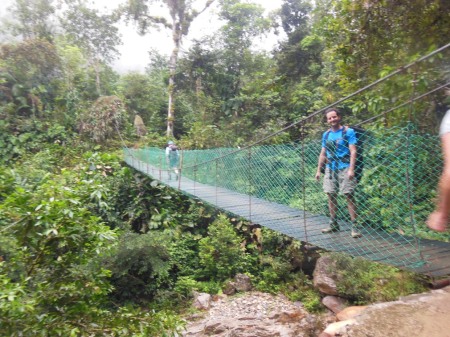
Why not? The bridge was built after someone died during a flash flood. Ostensibly it is for the tourists, but it has become a vital resource for the local people as it facilitates transportation in the same way the original stone staircases did a thousand years ago. The health center will help if there is an emergency on the trail, but will of course primarily serve the indigenous Kogi people who live here, own and operate homestays, help ferry tourists up the trail, and are a primary target for community development.
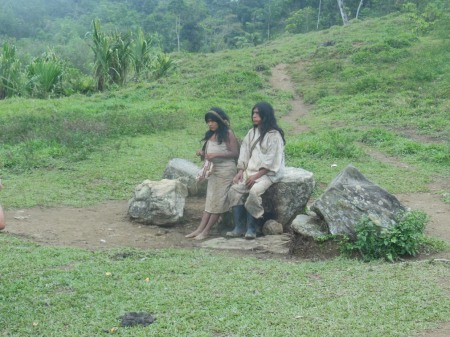
You see, community development is not defined as the equivalent of economic development, and neither is simply numeric. A bridge, a health center – these are infrastructural improvements that affect a whole VARIETY of metrics and improve local life and livelihoods. When you properly approach community development as an integrated piece of heritage conservation – as we do at Global Heritage Fund – you realize that your goals and targets are more than numbers.
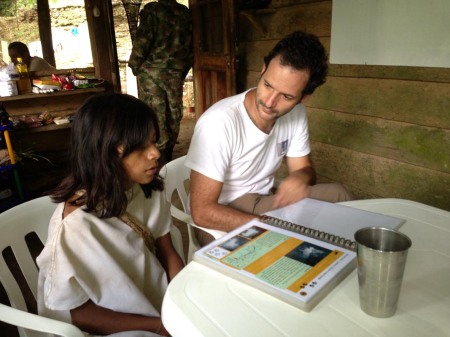
Community development is a process of improvement, and that improvement can mean more and better jobs, more income and other things that can be assigned numbers. But it also means more opportunities, more access, more infrastructure and more choices and options for the local population. Interestingly, it can also mean more natural area conservation like I mentioned above, because increasingly conservation organizations are moving away from the wilderness model and looking to indigenous managed – landscapes as a way to conserve the best of nature and culture in the MOST sustainable way.
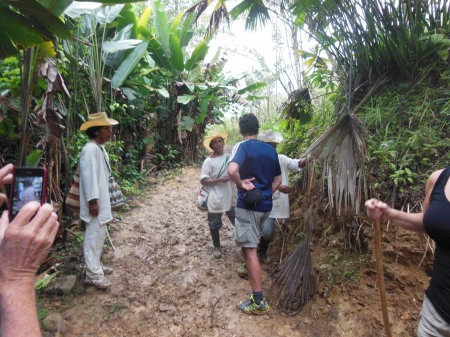
Sustainability. Using resources in a way that allows the next generation to enjoy them as well. The cultural landscape – the world heritage site that contains monuments, relics and treasure from an ancient civilization WHILE still serving as the home and livelihood of an indigenous population – is the most sustainable solution for BOTH heritage and biodiversity.



